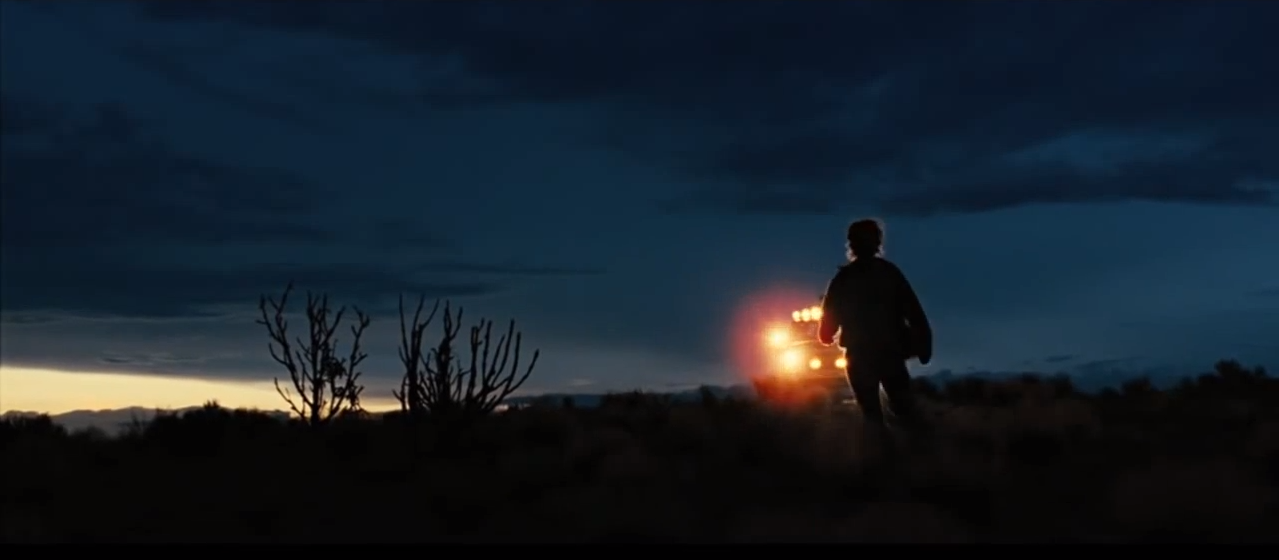

It was really nice revisiting the photographs I’d taken in North Devon. What was it like going back through these memories of 40 or 50 years ago? Just the pose of the hands and the feeling of the steam from the train, something just attracted me to the image and I just took a frame. Sometimes an image is more literal in a way and I can understand what’s drawing me to it, but that is not.

Sometimes I don’t know why I’m drawn to something but I just connected with it. It was probably a crew or an extra leaning out of the window. I was in Germany and we had been filming on this period train. I don’t even know who that was leaning out that train. I’m drawn to images that are enigmatic that the viewer wonders what it is. The great photographers have dedicated their lives to taking still images and I’m not known for that, so for a publisher, I think it was a step in the dark.Ĭan you talk about the cover image with the grass and the two hands leaning out the window? I say in the book that I’m not a photographer and don’t consider myself one.
#ROGER DEAKINS SHOTS FREE#
I wanted it to be free of my work as a cinematographer, so it was really great when Damiani came to me and said they liked the photos. A few had said they had liked the idea of a book, but they wanted it to be about my film work. I’m very lucky that Pete Franciosa got behind it, and he found a publisher (Damiano in Italy), and they were supportive of the idea. I had these photographs from various parts of the world that I like, and they’re personal to me. I was trying to amass enough photographs to have that as a book, but then I thought, ‘Well, that’s going to take me a long time because I’m not very quick.’ I had toyed with the idea of doing a book exclusively on the seaside of Southwest England because I spend a lot of time there, and I grew up there and I love it. It was important to me that this had nothing to do with my real work. How did you decide to turn your photos into a book? It’s not a matter of getting five cameras and shooting coverage, and I’m like that with a stills camera. The directors I work with understand the one angle that tells the story the way they want to tell it or one angle for any particular moment in the scene. I haven’t really worked with directors that shoot millions of takes or multiple coverage of a scene. I’m very selective it is that’s the way I’ve worked as a cinematographer with directors.

I don’t have rolls of negative anywhere and I don’t have huge files on my digital images. I might go out for a day wandering around with my camera and might not take a single image because nothing’s really drawn my attention. I don’t think they actually ever experience where they are until they get home and they look at the photographs but sometimes they take so many I can’t imagine them ever going through them all. I have friends that go on holiday and all they do is take photographs. What are your thoughts on the changing way in which we take photos? Roger Deakins We’re in an age where we take so many photos on our phones that never see the light of day, but something is missing about going into the darkroom and developing photos or going to get film developed. I think it was easier doing black and white. I would go off by myself wandering around during the day with my camera and then at night I go in the darkroom when nobody was around, and had the best of both worlds. When I was in art college I smuggled out the key and had it copied so I could go in the darkroom at night. I guess I was brought up admiring the great photographers who worked in black and white, and when I started doing it myself just the processing of color and printing was complicated so I think that pushed me down the avenue of doing black and white. I’ve talked to a couple of photographers and they think it’s very strange. I can’t get my head around shooting color. The photos in the book are all in black and white, what was it about shooting in monochrome that you were attracted to? When I started taking photographs, I realized I wanted to do a bit more with it and just take photographs for the sake of taking photographs. I went to art college and they put me in a graphic design course which really bummed me out because I wanted to be a painter – I suppose they knew better.Īs part of graphic design, one took photographs as a way of creating a book cover, it wasn’t taking photographs for their own sake. It was there that I discovered photography. I’m pretty sure I never touched a camera until I went to art college.


 0 kommentar(er)
0 kommentar(er)
